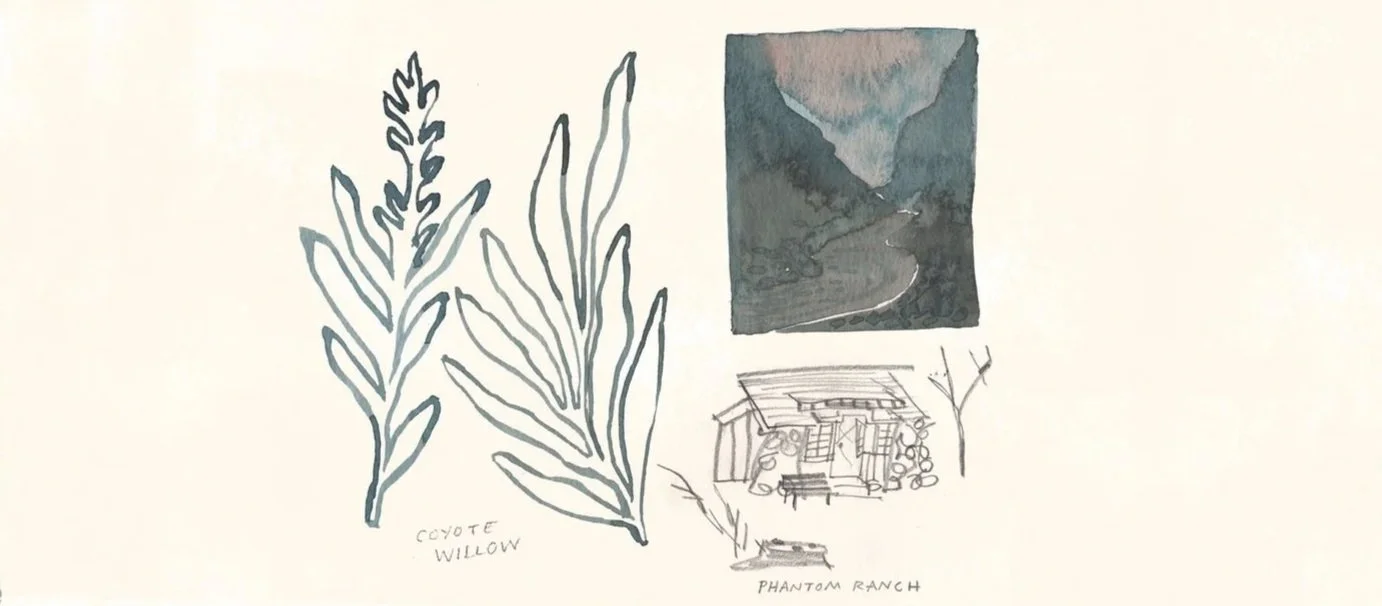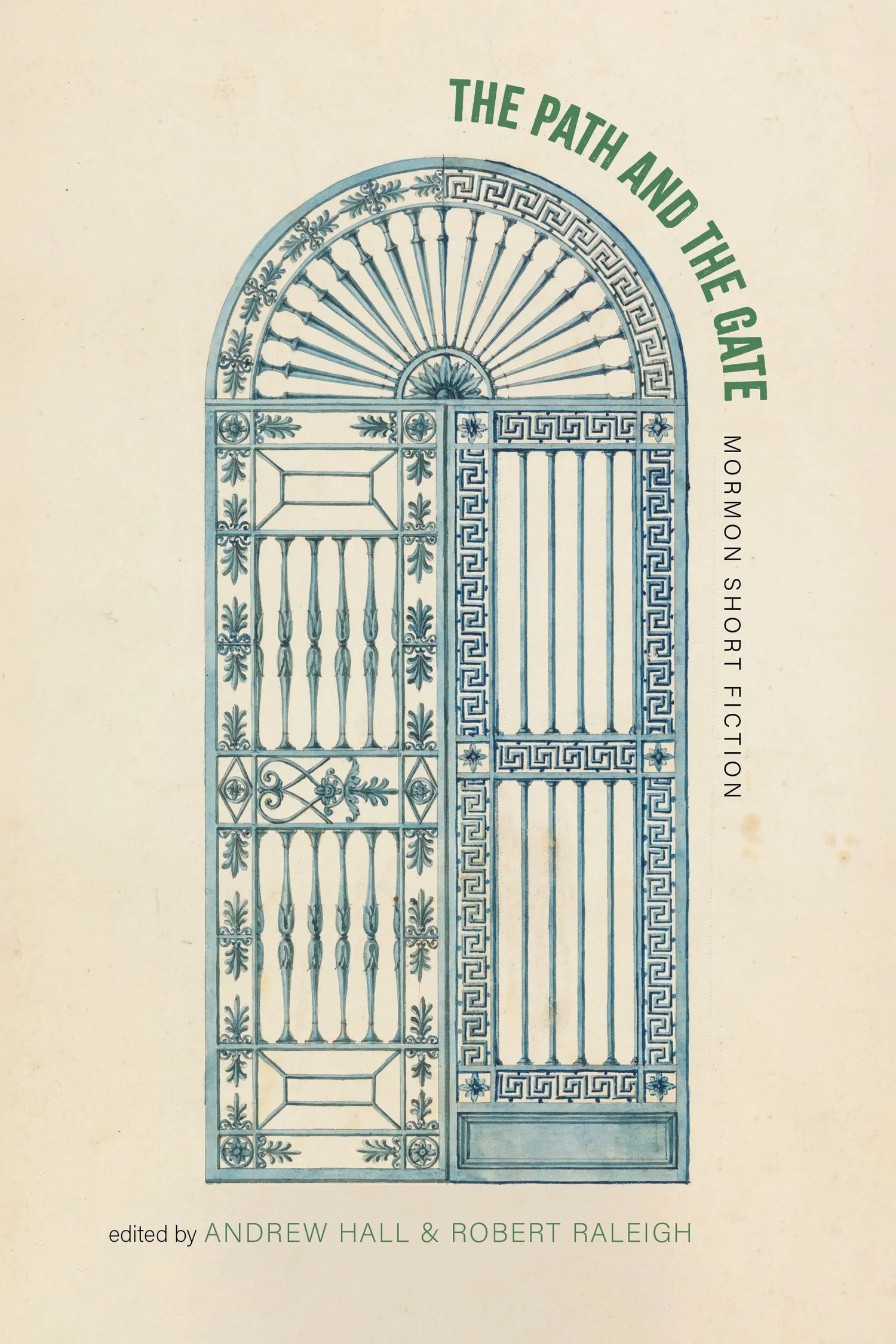Enduring to the End of Times
Latter-day Saints tend to live with one foot in the future. The Investigator / The Observer by Todd Robert Petersen & Zoë Petersen explores what happens when the beginning of the end has just begun.
If you’ve spent much time in Latter-day Saint culture, you’ve probably noticed: we think about “the end” a lot. Not necessarily in doomsday prepper terms (though some of us do love a good food storage pantry), but in the deeper sense. To be willing to endure, to be “ready,” to live as though our time on earth is brief–and could yet be abbreviated by the Second Coming.
Todd Robert Petersen & Zoë Petersen’s The Investigator / The Observer taps into some of that mindset.
The book unfolds in a post-apocalyptic world where two survivors undergo their own journeys–both physical and mental– after a global disaster. The Investigator is a lone man keeping a record of his survival on scraps of paper and other found objects. The Observer, a pregnant woman documenting her journey east for her unborn child.
It’s fiction, but anyone who knows the Book of Mormon will feel something strangely familiar.
The Book of Mormon and the End of Everything
Latter-day Saints’ sense of survival in the last days may come partly from scripture itself.
In the Book of Mormon, we meet survivors too: Moroni, wandering alone after the fall of his civilization; Mormon, compiling records while destruction closes in around him; Ether, writing from the collapse of his own nation. Their words are filled with a sense of legacy—the same feeling that drives the Investigator to write down what he’s seen “in case anyone ever reads it.”
Like those ancient prophets, the Petersens’ characters make their recordings with a sense of purpose and posterity. After scavenging on food storage in the abandoned homes of Latter-day Saints, The Investigator eventually compiles all of his loose writings and deposits them (seals them up, perhaps?) at the nearby Kansas City Temple.
The prophetic parallels continue. In the Book of Mormon’s concluding words, Moroni says he’s seen a future day, and hopes that they’ll read and remember his prophetic voice from the past (Moroni 8:35). Inversely, The Observer’s journal is also dedicated to her unborn child, but she is unsure of what kind of world her child will live to see.
It’s not hard to see the echo: our religious ancestors and these fictional characters both building narratives they hope will outlast them.
Read The Investigator / The Observer
Commercial editions are available to benefit the Center.
Press Forward, Saints
Latter-day Saints tend to live with one foot in the future. Early revelation to the Church suggests that Joseph Smith was very conscious of a pending Second Coming, and even attempted to presume the closeness of Christ’s return (Doctrine & Covenants 130:14-17). With President Nelson even referring to our day as the “winding up scene” (Nelson, A Plea To My Sisters, General Conference October 2015), modern members have perhaps been conditioned to think that our time is wrapping up, too.
But while the common Sunday School phrase “endure to the end” is future-facing, it’s chronically trapped in the present. The last days, in that sense, aren’t really about living to see the end—they’re about pressing forward despite not knowing what’s coming up in the road. Could our end-of-times perspective actually be what motivates us to do better, give more, and go further as Latter-day Saints?
The Investigator / The Observer plays in that same emotional space. It doesn’t ask what happens after the apocalypse—it shows who we become during it. The characters are neither heroes nor villains; they’re tired, flawed, and human. But they keep going. And they keep writing it down.
Enduring, Not Ending
Maybe that’s why Latter-day Saints connect so easily with stories like this. We see in them the texture of our own belief: that our stories matter, that our struggles are effectual, and that endurance is its own kind of redemption.
The Petersens’ project reminds us that even in desolation, the call to create and remember endures. It’s embedded into gold plates, pioneer journals, and maybe, someday, a story written on the back of a peach can label.
The Path and the Gate: Mormon Short Fiction
The Center Studio Podcast: S6E9
This podcast episode turns into an impromptu literary critics circles as three authors from this new collection, talk about their stories, lives, and works.







